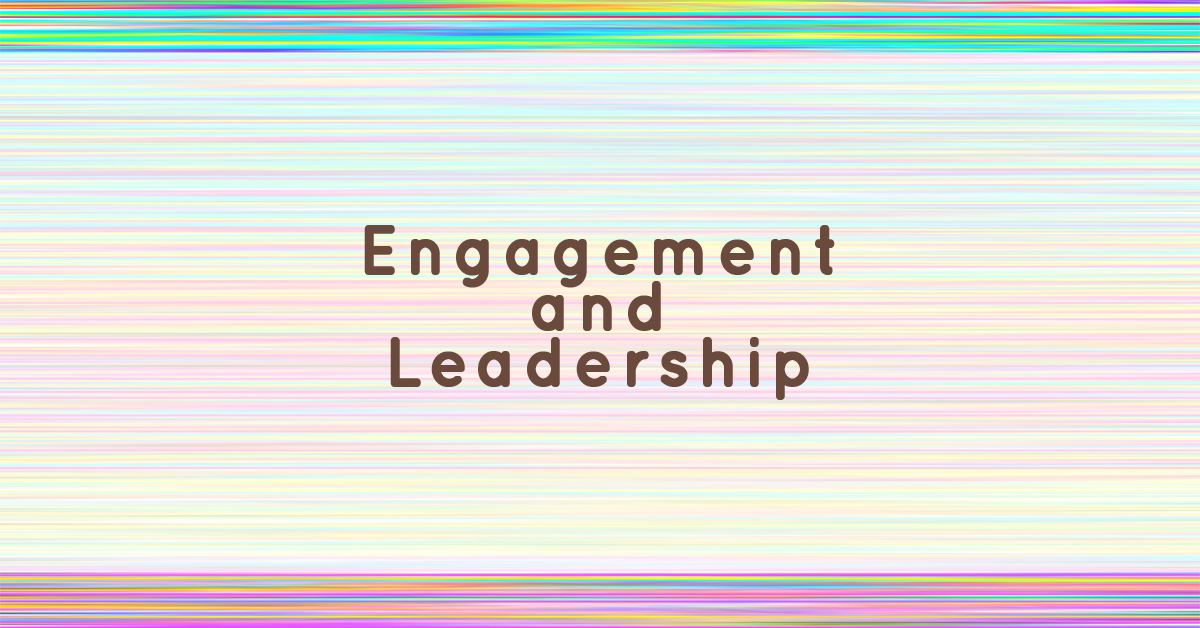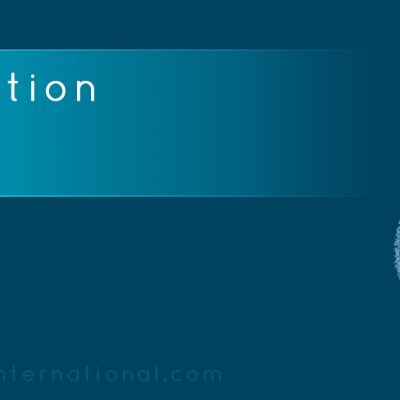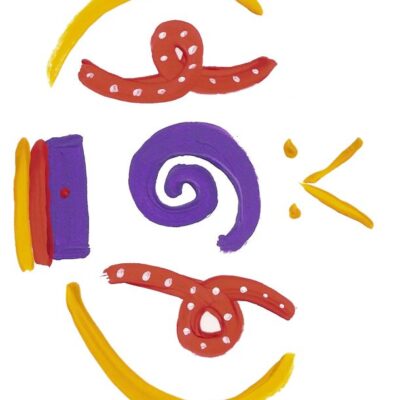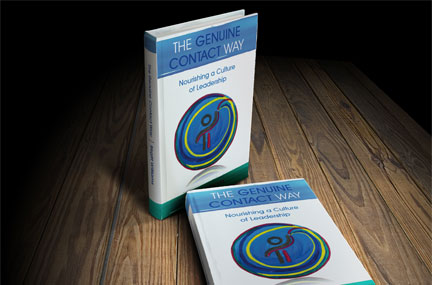
A senior leader sought out our services telling us that he was in a struggle to achieve employee engagement. The initial pass in our investigative first discussion, identified ‘achieve employee engagement’ as the business goal for which the help of a consultant was being considered. Over the years, I have learned that the first pass at identifying the business goal is only a starting point and that more discernment is needed to get at what the goal is.
I probed further, asking him what he meant by ‘employee engagement’ because it was clear to me that people in his organization were carrying out their work. It seemed that the employees were engaged. It seemed that he and his leadership team had achieved employee engagement. As we continued in our discernment process, he clarified that his BIG business goal, for which he was considering the help of an external consultant, was to reduce or eliminate the gap between the potential of the people in his organization and the less than fantastic outcomes being achieved by the organization. He said he knew that he had fantastic people who seemed to be doing a lot, and yet the results were not up to what he knew was possible.
This clarification of the business goal allowed us to have a different conversation than simply focusing on improving employee engagement. We accepted ‘closing the gap between potential and results’ as the business goal, accepting his word that the potential was high. I set him to the task of imagining that this business goal was accomplished, and I asked him to list outcomes from achieving this business goal. In other words, the outcomes at this point in our discussion assumed that the business goal of closing the gap between potential and results was accomplished…and could he imagine outcomes from that success. He listed a few outcomes:
- People would feel empowered.
- People would take responsibility for themselves.
- People would be more confident, solution focused, more understanding.
- People would exhibit kindness, co-operation, and understanding.
The discernment process of first probing into the true business goal, and then identifying desired outcomes if the business goal was successful created an inspired platform from which a plan forward could be developed.
I asked him who needed to be involved to accomplish this business goal with these desired outcomes. He answered ‘everyone’. He then easily understood why it was essential to use participatory, whole system meetings as part of the path forward.
I then asked him if he and his leadership team had the capacity to lead an organization of people that were using their full potential to get the results; who felt empowered; who took responsibility for themselves; who were more confident, more solution focused, more understanding; and who were kinder, and as a natural way of operating engaged in cooperation and collaboration. He paused before he answered. He said, “oh my goodness”. He could see that he and his team needed to expand their leadership capacity to be able to support a fully engaged workforce. That their expanded leadership capacity was a critical element of what was needed in order to achieve his business goal of closing the gap between potential and results.
This need to develop expanded leadership capacity, to develop extraordinary leadership within the leadership team and to nourish a culture of leadership throughout the organization is a common need across most organizations we work with. You may recognize that the opportunity for increased success in your organization can lie in this same need for expanded leadership capacity. Can you?
Photo Credit: Nimalan Tharmalingam | FreeImages.com











Leave a Reply
You must be logged in to post a comment.